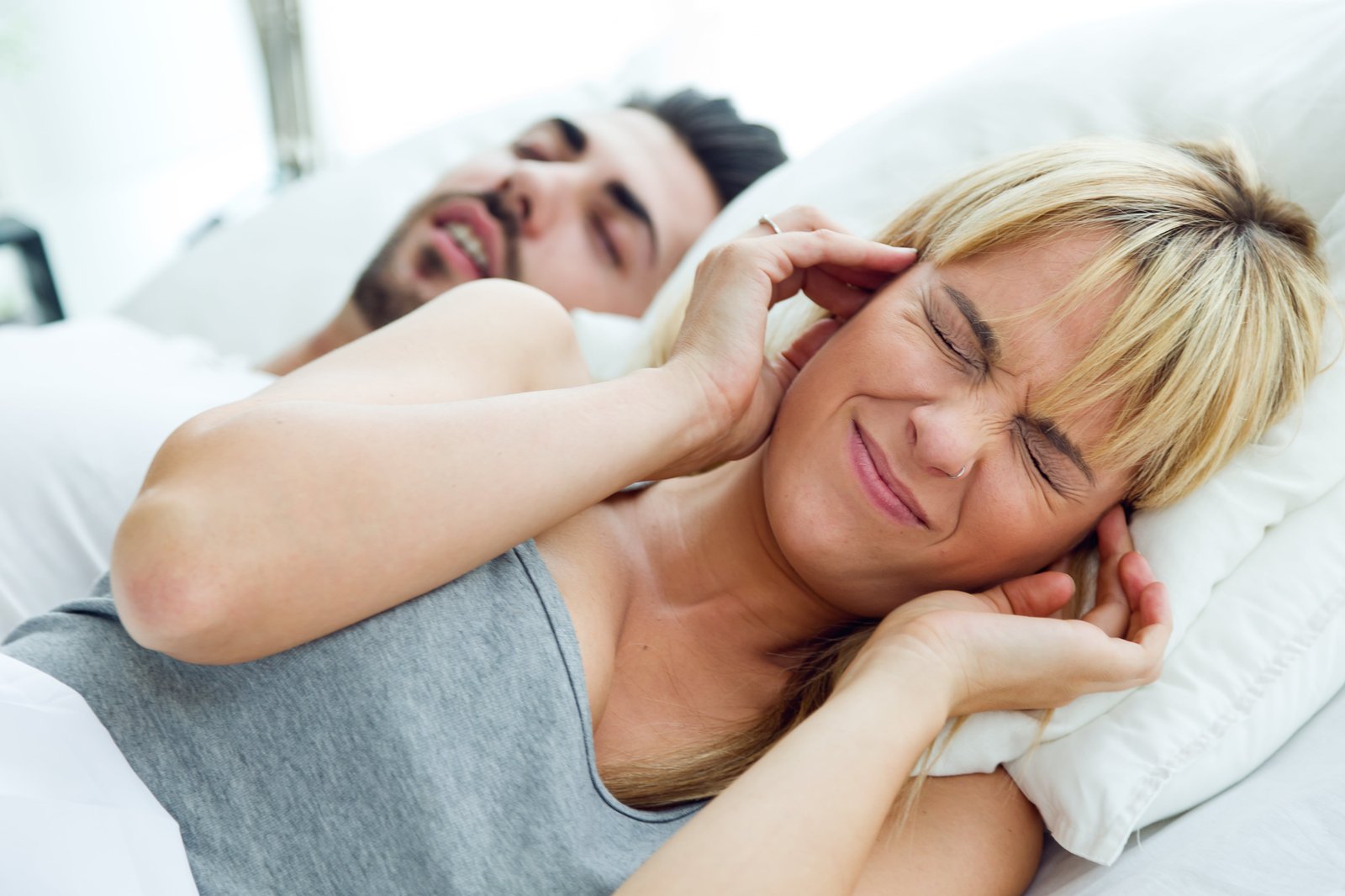healthcare

June 12,2025 • 5 min read
Breathing Easy After Dark: Insights from Top Sleep Apnea Doctors

Once dusk envelops the sleeping metropolis, individuals plagued by nocturnal hypoventilation seek counsel from seasoned sleep apnea doctors. Under muted luminance, these clinicians analyze polysomnography tracings to decode apneic episodes, while a dedicated pulmonary doctor scrutinizes diurnal spirometry to ensure seamless continuum of care. Through collaborative intersections, multidisciplinary specialists craft bespoke regimens—ranging from auto-titrating positive airway pressure to mandibular advancement devices—aimed at restoring uninterrupted slumber. This exegesis unveils the methodologies, avant-garde technologies, and integrative paradigms championed by top-tier sleep apnea doctors and allied pulmonary doctor colleagues.
Nocturnal Diagnostics: From Polysomnography to Telemonitoring
Polysomnography remains the sine qua non for diagnosing obstructive and central variants of sleep apnea. Patients arrive at the sleep laboratory under dimmed lights, outfitted with electroencephalogram leads, respiratory effort belts, and pulse-oximetry sensors. Technicians vigilantly record airflow impediments, oxygen desaturations, and arousal indices. Once data acquisition concludes, sleep apnea doctors meticulously score each epoch, identifying apneas, hypopneas, and periodic limb movements.
Automated Telemonitoring Platforms
In parallel, home-based telemonitoring systems capture nightly breathing parameters across successive weeks. These platforms relay apnea–hypopnea indices and mask-leak rates to a centralized dashboard. A pulmonary doctor reviews cumulative trends at dawn, correlating nocturnal fluctuations with daytime symptomatology—such as dyspnea or morning headaches. This remote surveillance fosters prompt therapeutic adjustments.
Integrative Review Meetings
Interdisciplinary huddles convene biweekly, where sleep apnea doctors and pulmonary doctor partners examine outlier cases. Complex scenarios—like overlap syndrome, where obstructive sleep apnea coexists with chronic obstructive pulmonary disease—require nuanced pressure titration and supplemental oxygen strategies. These assemblies generate consensus protocols, ensuring consistent, evidence-based interventions.
Therapeutic Modalities: Customizing Airway Support
A singular approach seldom suffices. While continuous positive airway pressure (CPAP) prevails as first-line therapy, alternative modalities address patient idiosyncrasies.
Auto-Titrating Devices
Auto-CPAP devices calibrate inspiratory pressures breath-by-breath, accommodating positional changes and sleep-stage dynamics. Sleep apnea doctors analyze nightly adherence reports—focusing on mean pressure, 90th-percentile pressure, and residual AHI (apnea–hypopnea index)—to refine settings and optimize comfort.
Mandibular Advancement Splints
For patients intolerant of masks, custom mandibular advancement splints mechanically advance the mandible, stenting the oropharyngeal airway. Fabricated by dental sleep specialists in concert with sleep apnea doctors, these splints demonstrate efficacy in mild to moderate obstructive events. A follow-up with a pulmonary doctor assesses any impact on temporomandibular joint function or nocturnal hypoxia.
Adaptive Servo-Ventilation
Central sleep apnea, often linked to heart failure or opioid use, benefits from adaptive servo-ventilation (ASV). ASV devices detect absent respiratory effort and deliver backup ventilation, stabilizing carbon-dioxide levels. Sleep apnea doctors vigilantly monitor for treatment-emergent central apneas, collaborating with cardiologists and a pulmonary doctor to titrate expiratory minimum pressures.
Adjunctive Strategies: Addressing Comorbidities
Optimal outcomes hinge on a holistic lens. Comorbidities such as obesity hypoventilation syndrome, gastroesophageal reflux, and neuromuscular weakness exacerbate nocturnal breathing disruptions.
Weight-Management Programs
A structured weight-management regimen—integrating dietitians, exercise physiologists, and behavioral therapists—supports patients with obesity hypoventilation. Sleep apnea doctors track improvements in AHI as body mass index declines, while a pulmonary doctor surveys pulmonary function to gauge improvements in lung volumes.
Gastroesophageal Reflux Control
Nocturnal acid reflux can precipitate arousals and exacerbate upper-airway inflammation. Proton-pump inhibitors or H2-blockers, prescribed in tandem by the pulmonary doctor, minimize reflux episodes. Sleep apnea doctors then reassess polysomnography data to evaluate reduction in arousal index.
Patient Education: Empowerment Through Knowledge
Sustained adherence often stems from robust education. Interactive workshops, led by sleep technologists under the guidance of sleep apnea doctors, familiarize patients with device maintenance, mask fitting, and troubleshooting.
Augmented-Reality Mask Fitting
Emerging augmented-reality applications overlay virtual mask templates on the patient’s visage, guiding adjustments for optimal seal and comfort. Feedback sensors quantify leak rates in real time, allowing immediate corrections. A pulmonary doctor may intervene if persistent leaks relate to facial anatomy or skin sensitivity.
Peer Support Networks
Patients gain encouragement through moderated peer groups. Weekly virtual meetings, co-facilitated by sleep apnea doctors and pulmonology nurses, foster accountability. Shared success stories—such as tapering daytime sleepiness scores—galvanize compliance across the cohort.
Research Horizons: Innovations on the Horizon
The vanguard of sleep medicine constantly evolves. Implantable hypoglossal nerve stimulators—a neuromodulation technology—activate genioglossus muscles during inspiration, stenting the airway open without external masks. Early clinical trials report significant reductions in AHI and enhancements in patient-reported daytime vigor.
Wearable Biosensors
Novel wearable devices, embedded in headbands or mandibular patches, detect submillisecond mandibular motion and thoracic impedance changes. These biosensors generate continuous airflow reconstructions, enabling granular analysis by sleep apnea doctors and follow-up by a pulmonary doctor for comprehensive respiratory assessment.
Administrative Synergy: Streamlining Care Pathways
Efficient administrative workflows underpin clinical excellence. Coordinated referrals between sleep apnea doctors and the pulmonary doctor ensure that diagnostic appointments, equipment provisioning, and follow-up visits occur seamlessly.
Insurance Navigation
Securing durable medical equipment coverage often entails detailed documentation of diagnostic criteria and therapeutic efficacy. Administrative liaisons prepare consolidated reports—highlighting objective improvements in AHI and oxygen desaturation events—to support insurance appeals.
Interstate Pulmonary Details
User Profile
- Full name
- Interstate Pulmonary
- Email address
- interstatepulmonary1@gmail.com
- Join Date
- 2025-06-12
- State
- City
- Pincode
- Address
- Follow us on Facebook
- Follow us on Twitter
- Website Name
- Bio